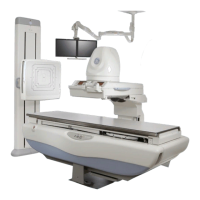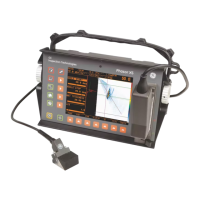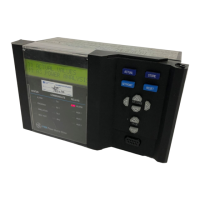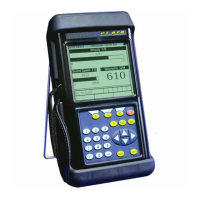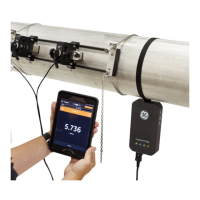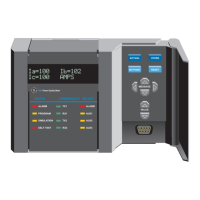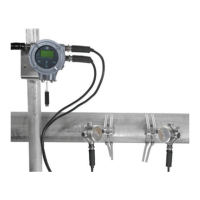Page 14 Protimeter MMS Moisture Measurement System
3 Diagnostic Procedure Guidelines
When diagnosing dampness in buildings, there are three key criteria that must
be considered. These are outlined in Table 6 below.
Item 1: The Search and Measure modes should be used in combination to
map out the extent of a moisture problem and to distinguish between
surface and sub-surface moisture. The profile of readings obtained
will give insight into the potential cause (e.g. condensation, lateral
ingress or rising dampness) of a moisture-related problem.
Far greater insight will be obtained from moisture readings taken in a
methodical manner than from those taken in a random manner. When
testing walls, the user should start by taking readings at the lower
levels and move up the wall in regular steps of 4-6 in. (10-15 cm).
Table 6: Diagnostic Criteria
Item Criteria Notes
1 Is a wall or other building
element in a safe air-dry
condition?
Air-dry is the moisture content that is
normal and safe (from moisture-related
deterioration or decay) in buildings. When
the Protimeter MMS moisture meter modes
are selected, measured values are identified
as
DRY, AT RISK or WET.
2 Is the surface temperature of a
wall or other building element
above or below the dew point?
Dew point is the temperature at which a
given quantity of air becomes saturated
(100% RH) and forms dew, or
condensation. If a surface is colder than the
dew point, condensation occurs. When the
Protimeter MMS Condensator Mode is
selected to measure T
DIFF (the proximity of
a surface to the dew point) the instrument
identifies either a
NO CONDENSATION
condition, an
AT RISK condition, or a
CONDENSATION occurring condition.
3 Is a wall surface or other
building element
contaminated with
hygroscopic salts or other
conductive material?
Artificially high moisture meter readings
may be obtained either in material that has
been heavily contaminated by hygroscopic
salts or in materials that are conductive by
nature. The presence or absence of nitrates
and chlorides should be established when
investigating suspected rising dampness
situations in particular.
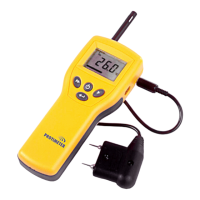
